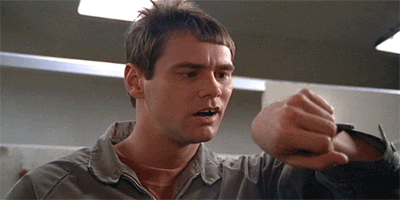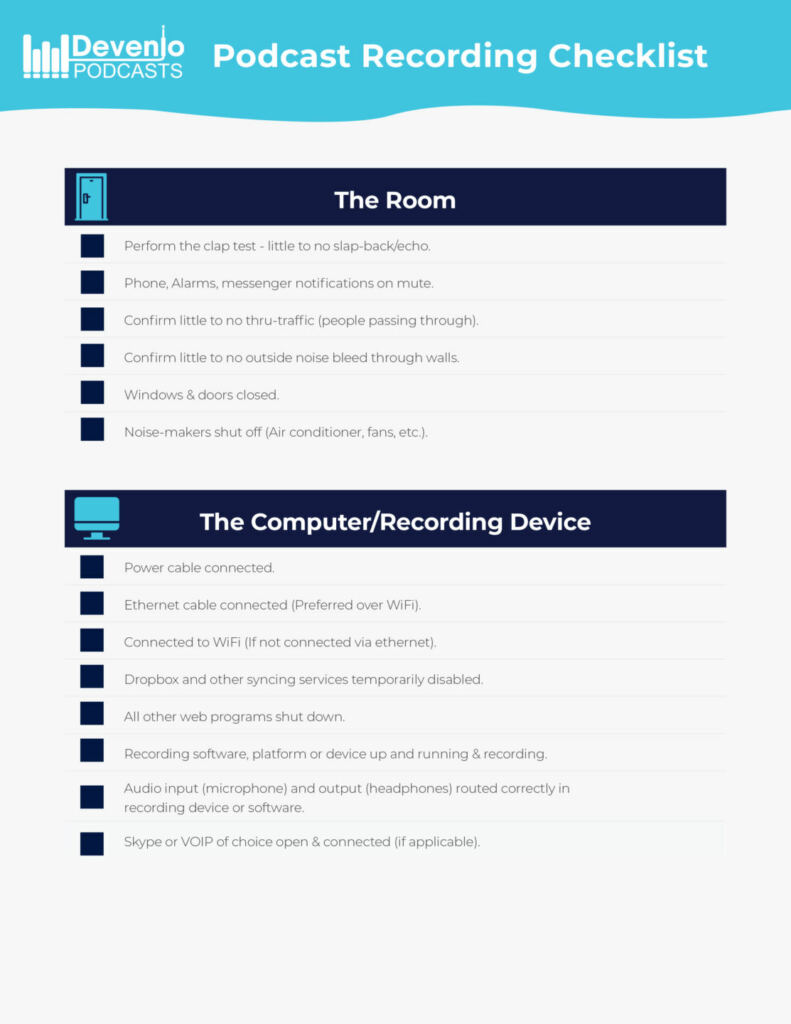Anyone can set up and talk into a microphone, but if you want your podcast to stand out above the rest, there’s only one way to do it: proper planning. Podcast planning and outlining is what separates the hobbyist from the professionals. It’s a necessary step you’ll need to add to your workflow if you want to take your podcast to the next level.
But where do you start? What makes a good outline? Do you need a script? Let’s take a closer look at so we can discover exactly how to plan your podcast like a pro.
Maintaining A Healthy Flow Of Ideas

Ideas are a dime a dozen, but valuable ideas for your audience can sometimes be difficult to generate on a regular basis. The absolute best way to do this is to follow the number one podcasting rule … put yourself in your listeners’ shoes. Think about the challenges they are facing and how you can showcase solutions. Think about what is going to entertain your average listener and what they want to hear. This can be easier said than done, especially if you’re unsure of the challenges they are facing. Fortunately, there’s a solution – Go straight to the source.
Your podcast should provide your audience value, whether it’s educational or designed to make their commute a little less painful everyday. Reach out to your audience directly; ask them for guest speaker suggestions and what it is they want to learn from you.
Be sure to close each episode with a call to action where you ask your audience to reach out directly or on social media with any feedback or suggestions, you’ll be surprised to see how many great ideas will come from this alone.
If you’re a brand, you’re in a unique position to gain direct access to your current customers via your marketing and sales teams. Talk to your account reps and ask them what they are hearing from clients. A good place to start is to ask about the challenges they are facing. This will give you some great intel into potential podcast content that offers solutions to their pain points.
Structuring Episodes

Now that you have ideas flowing in, it’s time to plot out your episodes. Like most content, the goal here is to tell a story. And just like every story, there’s a beginning, middle and end. You can apply this thought process to any podcast format. Simply put, this flow will make it easier for your listeners to digest the content and follow along.
I produce my show in an interview format and the first step for me is to try to identify a goal for the episode: what do I want my audience to walk away with? Once I have this goal, I have an ending to drive towards throughout the episode. Then, I break the structure of the show into three sections:
- Part One: Introduction — I ask questions that help introduce the guest to my audience and showcase their experience and expertise.
- Part Two: The Key Topic — Whether it’s focused on how to record your podcast or how to grow an audience, this is the section where the listeners will get the bulk of their value and where the goal I set for the episode is achieved.
- Part Three: Wrap Up — This is where I ask the guest speaker to share some final thoughts and let the audience know where they can connect with them. This wraps the episode in a nice bow.
Developing An Outline/Script

Part of what makes podcasting so compelling to listeners is the fact that it’s incredibly conversational. Because of this, I tend to lean towards using an outline, but it all really depends on the format of your podcast.
If you’re hosting a “how-to” podcast by yourself and you aren’t very good on the fly, you may want to consider utilizing a full script. This will help take the pressure off during recording, as you’ve already written everything you want to say. That being said, it’s very easy to sound scripted and nobody wants to listen to a robot on a podcast. So, as you record, be sure you sound natural in your delivery — this may take some time and a few different takes. The key here is to sound conversational as you read through your script.
If you have a co-host you can riff with, or if your show is an interview format like mine, using an outline is a great option. It allows you to explore the conversation and improvise with other people throughout the episode. But no matter how far down the rabbit hole you deviate, the outline will always give you a clear path back to your endpoint. It ensures you will meet the audience goal you set for your episode at the very beginning.
Establishing The Length Of Your Podcast

There is really no clear-cut answer to how long your podcast episodes should be. It all depends on many different factors:
- What’s the format of the episode?
- Who are your listeners?
- Will your topics get boring after a certain amount of time?
- How entertaining are you really?
These are the questions you should ask yourself when developing each podcast episode. Just because you recorded an hour interview with a great guest doesn’t mean you should use the entire conversation. Try and find parts of the interview that will bring maximum value to your listeners. Of course, feel free to experiment. Trying different episode lengths may help you find the optimal time for your audience.
Developing A Consistent Podcast Schedule

As I catch myself saying over and over again, consistency is key to the success of any podcast and being well-prepared will allow you to remain on track. You don’t want to be in a place where every recording you schedule will go live later that same week. That’s just too close for comfort and leaves no room for error.
To avoid this, take a high-level look at your podcast. The goal is to have a minimum of three episodes ready to publish in the tank. Jot down ideas for ten episodes and think about potential guests for each one. Then, you can start reaching out to scheduling recordings. Try to get as many recordings down as you possibly can, as it will allow you the flexibility to move things around when a guest cancels on you last minute or needs to reschedule.
Some podcasters even batch their recordings, scheduling three to five episodes in a single day! Having recordings ready to go will take some unnecessary stress off your shoulders and allow you to remain consistent over time.
Consistency is the name of the game when it comes to growing an audience and these tips will most certainly help you stay on track. Doing some of this work ahead of time might not sound fun, but it will help you produce a much more polished, easier-to-consume and valuable episode for your audience. Not to mention it will make some of the recording and post production work a little bit easier down the line!
If you want some more in-depth tips on podcast planning, check out The Podcast Insider episode, How To Plan Your Podcast Like a Pro, with Chris Graham from The Six Figure Home Studio podcast to learn more!
Until next time…
What are you waiting for? Go draft an outline for your next episode!



